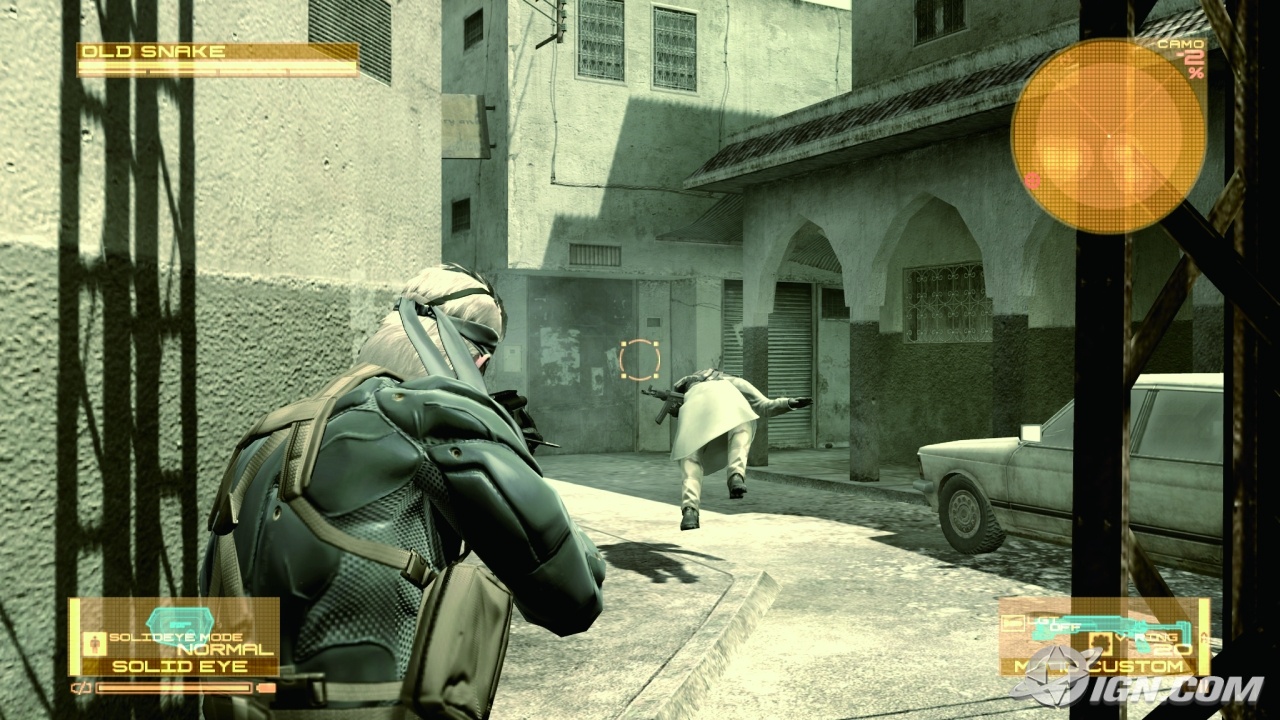Cell was never meant to be used alone.
They were thinking about making a discrete GPU based on Cell (basically SPEs + ROPs) but it didn't perform as expected for graphics and they they had to use Cell coupled with a traditional GPU.
Generally speaking relying on being able to use many different computation elements to obtain the best possible performance has always led to uneven results and it's not a developer friendly approach. Many just won't bother, or won't have the budget, time or knowledge to explore all the hardware peculiarities.
That is also why I don't think it's the case with Durango because if I got the idea right, they're not adding stuff as co-processors to increase the raw power (which doesn't make a lot sense, at that point they would just choose more powerful main hardware), but it's more about specific solutions performing fixed things, to help to get the most out of what's inside while keeping costs low.




